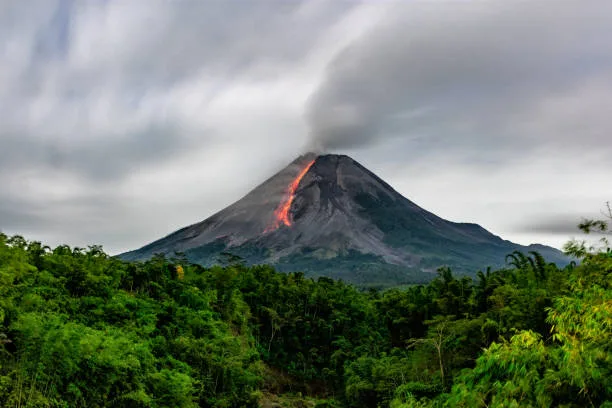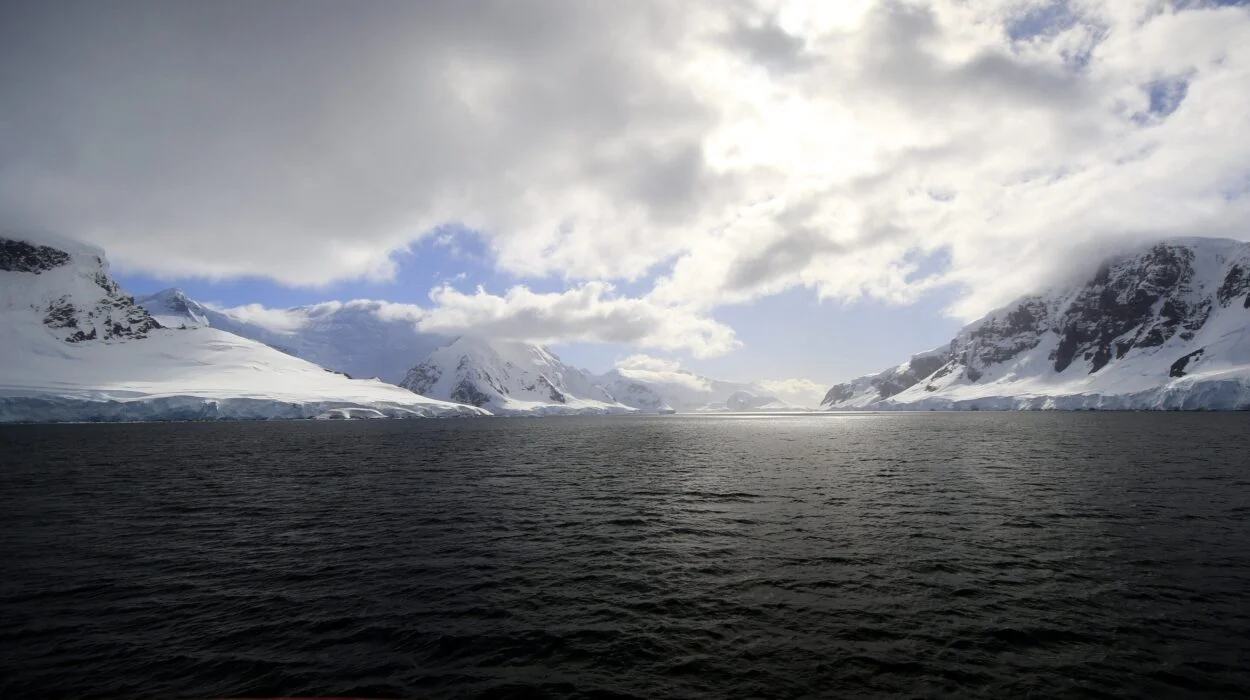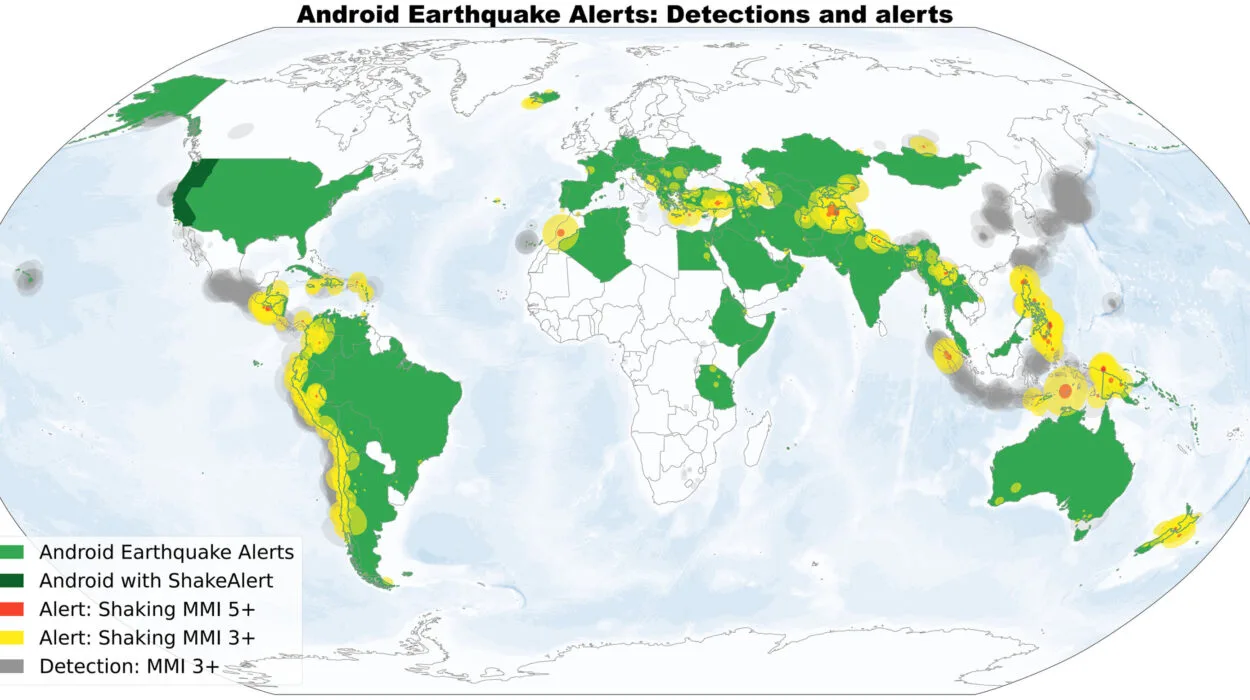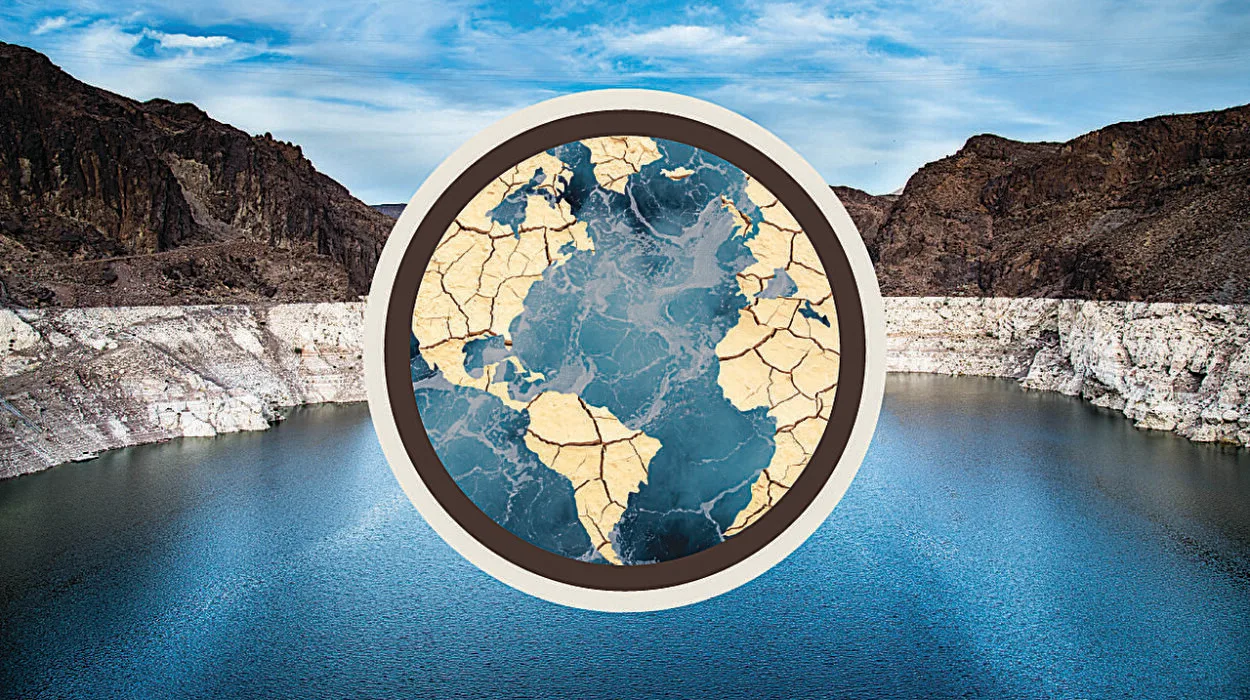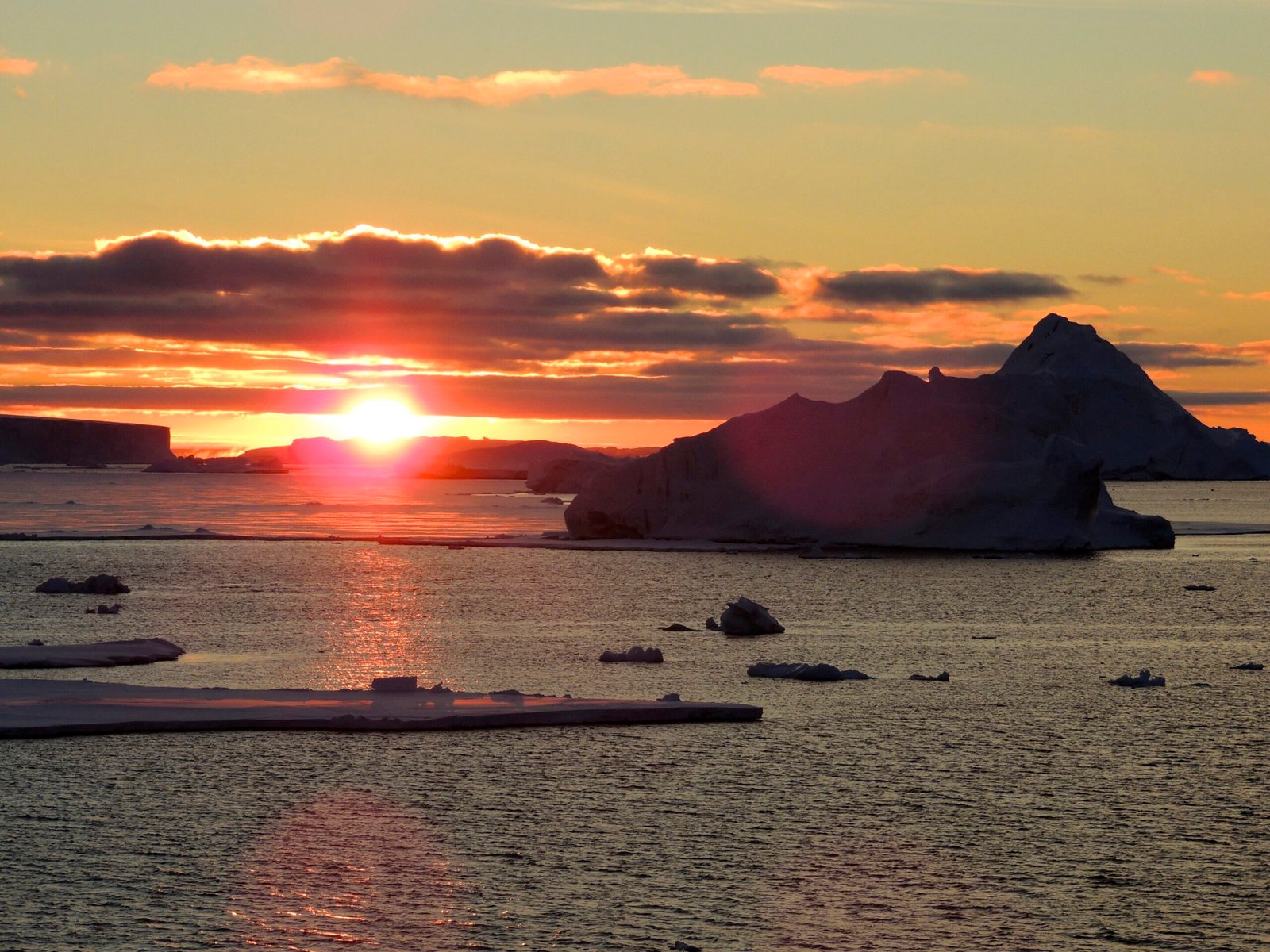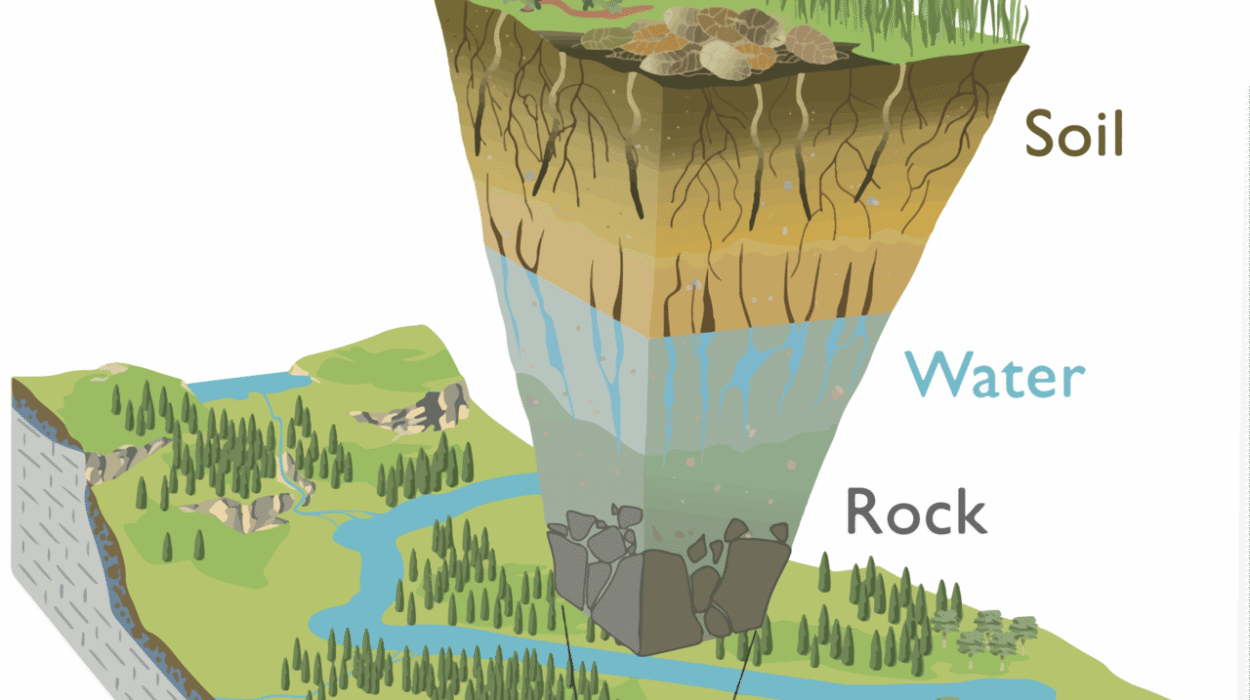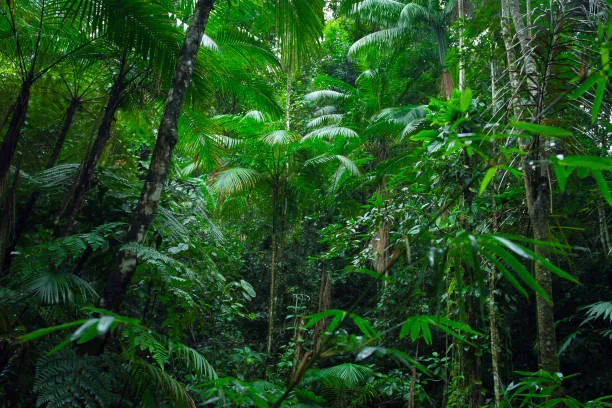Beneath the illusion of solid ground, our Earth is alive. It moves. It breathes. And sometimes, it roars.
To those who live on the surface, the planet may seem unchanging. Mountains appear eternal, valleys ancient, coastlines fixed. But deep beneath our feet, Earth is in constant motion. Plates of rock glide slowly over the molten mantle like cracked eggshells drifting across a pool of lava. This movement, though often imperceptible, gives rise to some of the most awe-inspiring—and terrifying—phenomena we know: volcanoes and earthquakes.
They are nature’s rawest forces, capable of toppling cities and creating new islands, of burying civilizations and fertilizing entire regions. They remind us of Earth’s restlessness, its power, and its mystery. And they are not mere accidents of geology—they are expressions of a planet that has never stopped evolving.
To understand volcanoes and earthquakes is to understand the restless heart of Earth itself.
The Blueprint of the Deep: Plate Tectonics
At the center of it all is the theory of plate tectonics—the grand unifying idea of Earth science.
The Earth’s outer shell, or lithosphere, is broken into a dozen or so massive tectonic plates, and many smaller ones. These plates float atop the asthenosphere, a partially molten layer of the mantle. Though solid rock, the mantle flows, very slowly, driven by heat from the Earth’s interior. Convection currents—like boiling water rising and falling in a pot—push and pull the plates around.
Some plates move apart, forming mid-ocean ridges. Others slide past one another, creating fault zones. Many collide, crumpling mountains or forcing one plate beneath another in a process called subduction. These movements build landscapes, shift continents, and, at their boundaries, create conditions for both volcanic eruptions and earthquakes.
It’s at these margins—the edges where plates interact—that Earth’s dramatic energy is most often released.
Volcanoes: The Breathing Vents of Earth
A volcano is not just a mountain. It is a geological vent, a passage through which Earth’s inner heat and material escape to the surface. It can erupt with fire, smoke, and molten rock—or with quiet exhalations of gas and ash. Some volcanoes erupt explosively, others ooze lava for years.
Volcanoes form in several key settings. Most commonly, they arise at subduction zones, where one tectonic plate dives beneath another. The descending plate melts, forming magma that rises to the surface. This is how the infamous “Ring of Fire”—a horseshoe-shaped zone of intense volcanic activity around the Pacific Ocean—came to be.
Volcanoes also emerge along mid-ocean ridges, where plates are pulling apart and magma wells up to fill the gap. Iceland, for example, straddles such a ridge and boasts some of the planet’s most accessible volcanoes. Finally, hotspots—plumes of hot material rising from deep within the mantle—create chains of volcanoes like those of Hawaii, far from any plate boundary.
Volcanoes are the architects of continents. Much of Earth’s landmass originated through repeated eruptions. They enrich soils with minerals, support vibrant ecosystems, and sometimes give birth to entirely new land. But their beauty comes with peril.
The Anatomy of an Eruption
What causes a volcano to erupt?
It begins deep underground, where magma, molten rock mixed with gases, accumulates in chambers beneath the surface. As pressure builds, the magma seeks escape. If it finds a weak spot—a crack, a fault, a fissure—it surges upward.
The nature of the eruption depends on the composition of the magma. Basaltic magma, low in silica, is runny and tends to erupt gently. But silica-rich magma is thick and sticky. It traps gas bubbles, building pressure until the volcano explodes like a shaken soda bottle.
Some eruptions send fountains of lava shooting skyward. Others blast ash and gas miles into the atmosphere. The most violent can trigger pyroclastic flows—avalanches of hot ash, gas, and rock that rush down slopes at speeds over 100 kilometers per hour, incinerating everything in their path.
The 1980 eruption of Mount St. Helens in the U.S., for example, flattened forests and caused massive landslides. The 1883 explosion of Krakatoa in Indonesia sent shockwaves around the world, creating tsunamis that killed tens of thousands. And Mount Vesuvius, in 79 AD, famously buried Pompeii and Herculaneum under a suffocating rain of ash.
Volcanoes are unpredictable, but science is helping. Through seismic monitoring, gas analysis, and ground deformation measurements, volcanologists can often forecast eruptions—though not always with precision. Each volcano has its own personality, and deciphering its signals remains one of geology’s greatest challenges.
Earthquakes: When the Ground Trembles
If volcanoes are Earth’s breath, earthquakes are its heartbeat—sudden, violent, and without warning.
An earthquake begins not with a roar, but with a rupture. Deep underground, tectonic plates constantly press against each other. Sometimes they grind past smoothly, but often they lock together. Stress builds over years, decades, centuries. When the force exceeds the friction holding the rocks in place, the fault suddenly slips.
That slip releases an enormous burst of energy, which radiates outward in waves—seismic waves—that shake the ground above.
The point within the Earth where the rupture begins is the focus; the spot directly above it on the surface is the epicenter. Depending on the magnitude and depth, shaking may be felt across hundreds or even thousands of kilometers.
The strength of an earthquake is commonly measured using the moment magnitude scale, which replaced the older Richter scale. Unlike Richter, the moment magnitude scale captures the total energy released. A magnitude 6.0 earthquake is not just slightly stronger than a 5.0—it’s about 32 times more energetic.
Some earthquakes pass unnoticed. Others level entire cities.
The Wrath of Fault Lines
Just as volcanoes favor plate boundaries, so too do earthquakes. The most notorious quakes often occur along transform boundaries, where plates slide past each other horizontally.
The San Andreas Fault in California is a classic example. Here, the Pacific Plate moves northwest relative to the North American Plate. The result is frequent quakes—and the ever-present fear of the “Big One.”
In subduction zones, earthquakes occur when one plate is forced beneath another. These quakes can be especially deep and massive. The 2004 Indian Ocean earthquake, a magnitude 9.1, triggered a devastating tsunami that claimed over 230,000 lives across 14 countries. The 2011 Tohoku earthquake in Japan, magnitude 9.0, generated a tsunami that led to the Fukushima nuclear disaster.
Some faults are hidden within continental interiors—intraplate faults. These can also produce powerful quakes, such as the 1811–1812 New Madrid earthquakes in the central U.S., which rang church bells in Boston.
Earthquakes strike without warning, but the science of earthquake prediction remains elusive. While short-term forecasts are not yet possible, long-term hazard assessments can guide building codes, emergency planning, and public awareness.
The Human Cost—and Triumph—of Disaster
Volcanoes and earthquakes have shaped not only the Earth’s surface, but its history. Entire civilizations have been destroyed or displaced by these events.
The destruction is often indiscriminate. In 2010, a magnitude 7.0 earthquake struck Haiti, killing over 200,000 people. The quake lasted less than 30 seconds, but centuries of poverty, poor infrastructure, and weak governance magnified its impact.
Meanwhile, in 2010, Chile experienced a magnitude 8.8 quake—hundreds of times more powerful—but thanks to strict building codes and earthquake drills, far fewer lives were lost.
The lesson is clear: while we cannot stop Earth’s movements, we can prepare for them. Advances in engineering, emergency response, and early warning systems have saved countless lives. Japan’s high-speed rail shuts down within seconds of seismic detection. Mexico City’s alert system gives people precious seconds to flee buildings. Earthquake-resistant architecture is becoming standard in high-risk zones.
Still, the poorest regions often remain most vulnerable. Climate, politics, and inequality intersect with geology in ways that are deadly and unjust.
Earth’s Healing Power
It’s easy to view volcanoes and earthquakes solely as agents of destruction. But they are also creators. They birth mountains and islands. They bring up precious minerals from the depths. They shape coastlines and change the course of rivers.
Volcanic soils, rich in nutrients, support lush agriculture. Coffee, grapes, and bananas grow abundantly on the flanks of volcanoes from Costa Rica to Indonesia. In Iceland, geothermal heat powers homes and greenhouses, harvested directly from volcanic energy.
Even earthquakes, though feared, are reminders that Earth is not static. They are the sounds of continents drifting, of new land forming, of an ancient planet still in the act of becoming.
Some of the most breathtaking places on Earth—Yellowstone, the Andes, the Himalayas, the Rift Valley—owe their existence to tectonic violence.
Science at the Edge of Chaos
Geologists, seismologists, and volcanologists work tirelessly to understand these natural phenomena. They deploy arrays of seismometers, satellites, drones, and gas sensors. They analyze ancient lava flows and earthquake scars to predict future threats.
The science is complex, and the stakes are high.
What happens when a supervolcano—like Yellowstone—erupts again? Could a future quake in the Cascadia subduction zone generate a tsunami as deadly as the one in 2004? What risks lie beneath cities built on soft sediment, or near dormant volcanoes?
The answers aren’t easy. But every year, science brings us closer to preparedness. Every eruption and quake teaches us something new about the nature of our planet.
Living with a Restless Earth
Ultimately, to live on Earth is to accept its instability. The ground beneath us is not fixed. The mountains we admire were raised by ancient tremors. The valleys we walk were carved by lava and quakes. Our civilizations rest on the restless bones of a moving world.
And yet, this dynamism is not to be feared alone. It is the very force that made life possible here. Without plate tectonics, Earth would not have its atmosphere, its oceans, or its magnetic field. It might look like Mars—cold, still, and lifeless.
Instead, we live on a vibrant planet, where fire and stone shape the future.
We cannot stop the quakes. We cannot silence the volcanoes. But we can listen. We can learn. We can build with knowledge, not fear. And in doing so, we embrace not just the peril—but the wonder—of our dynamic planet.
